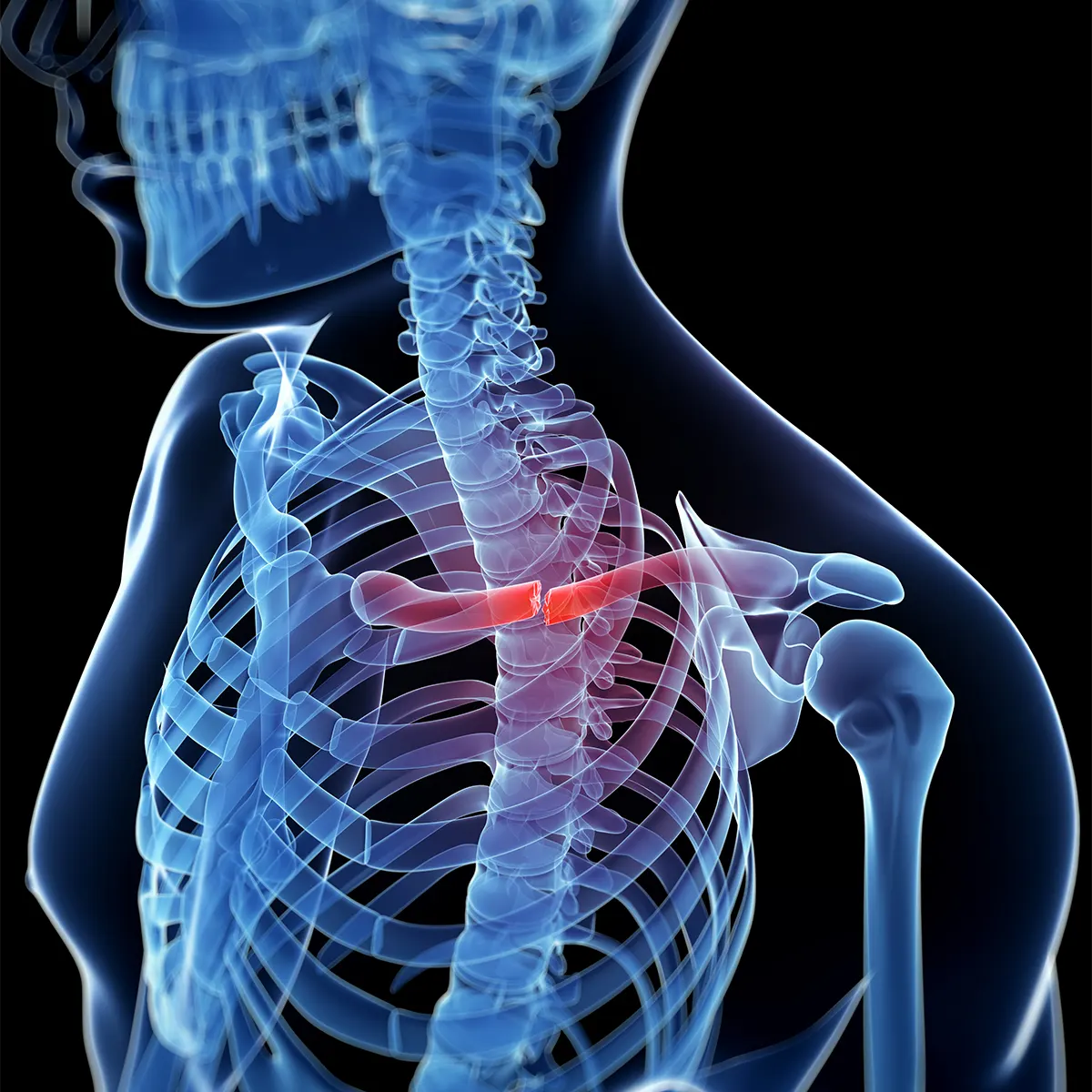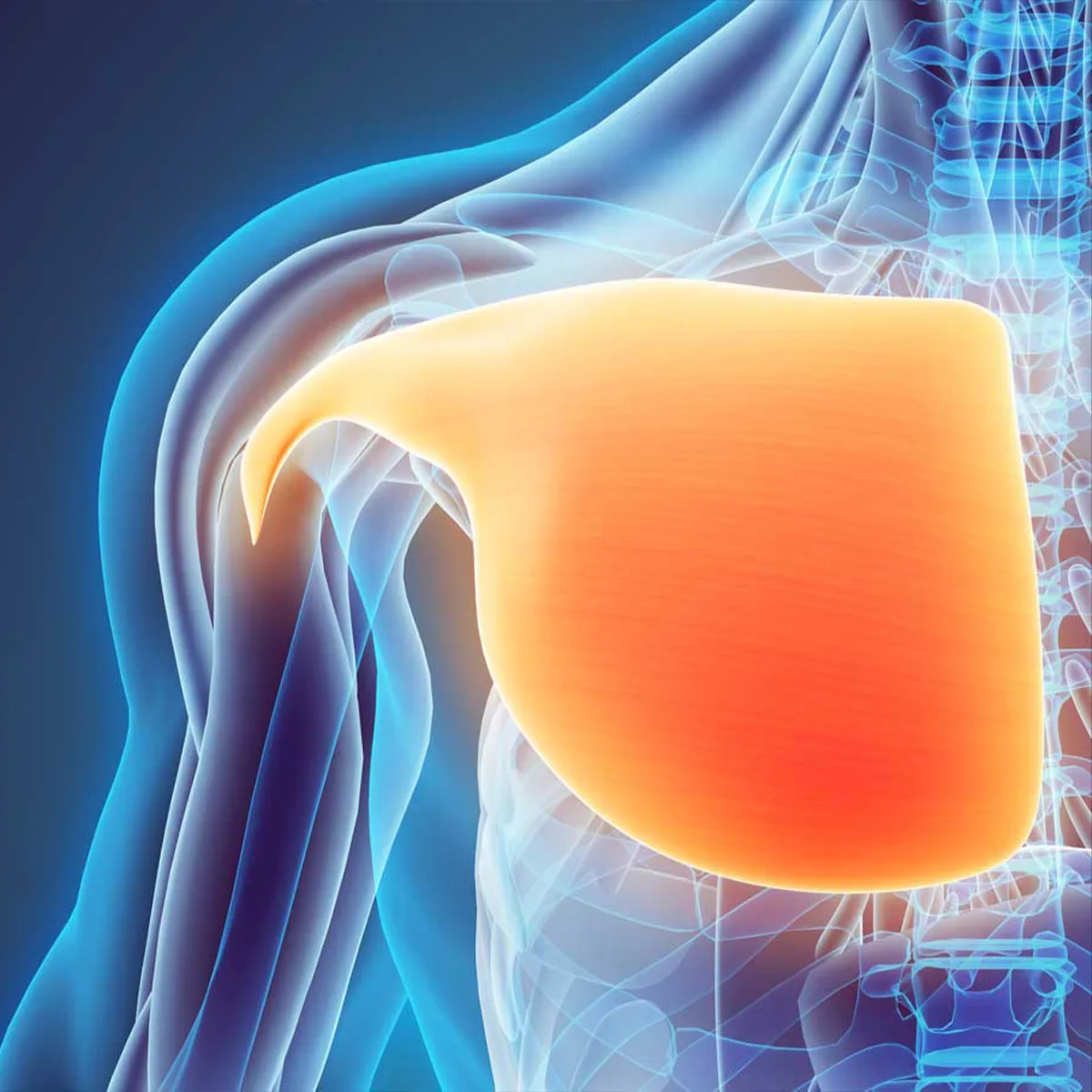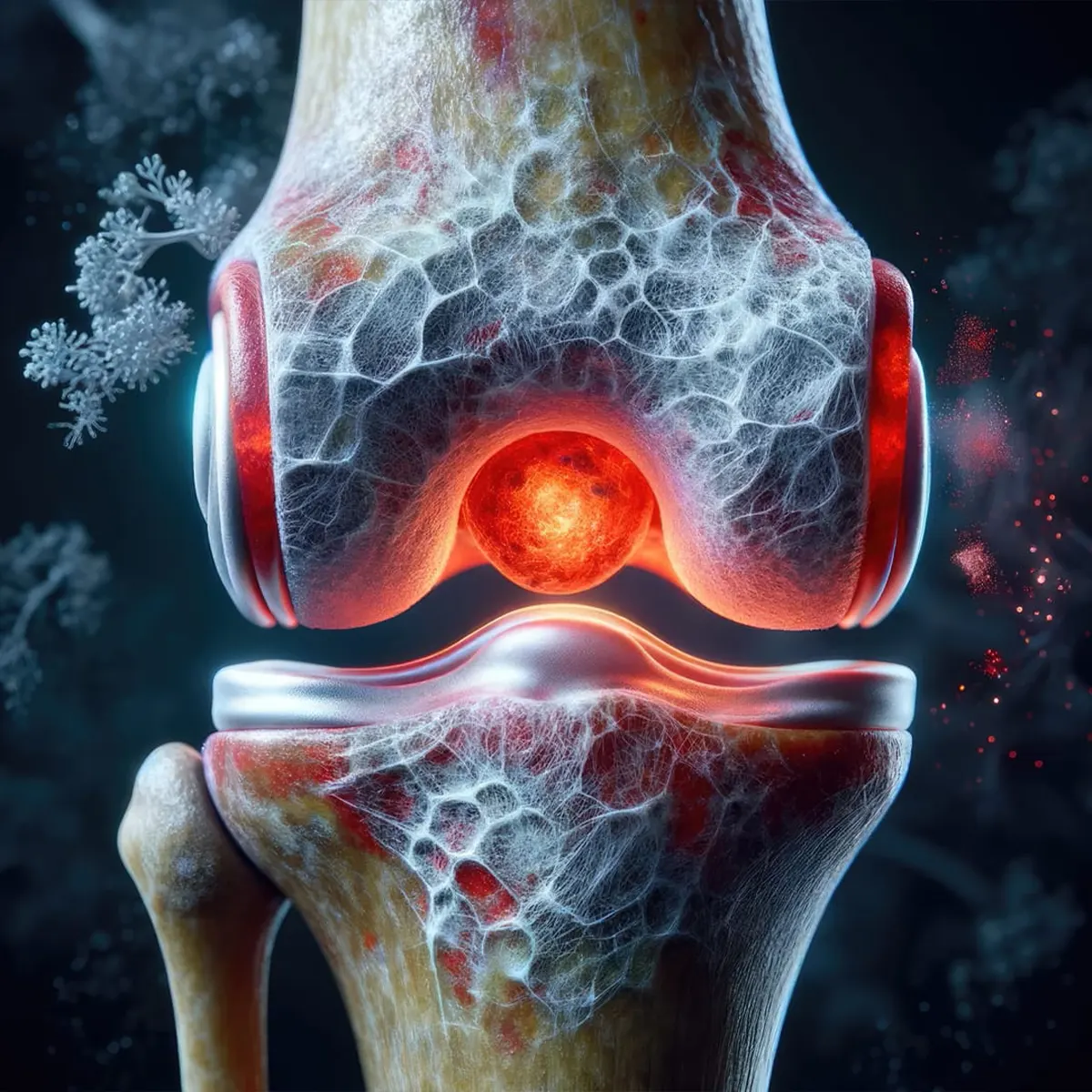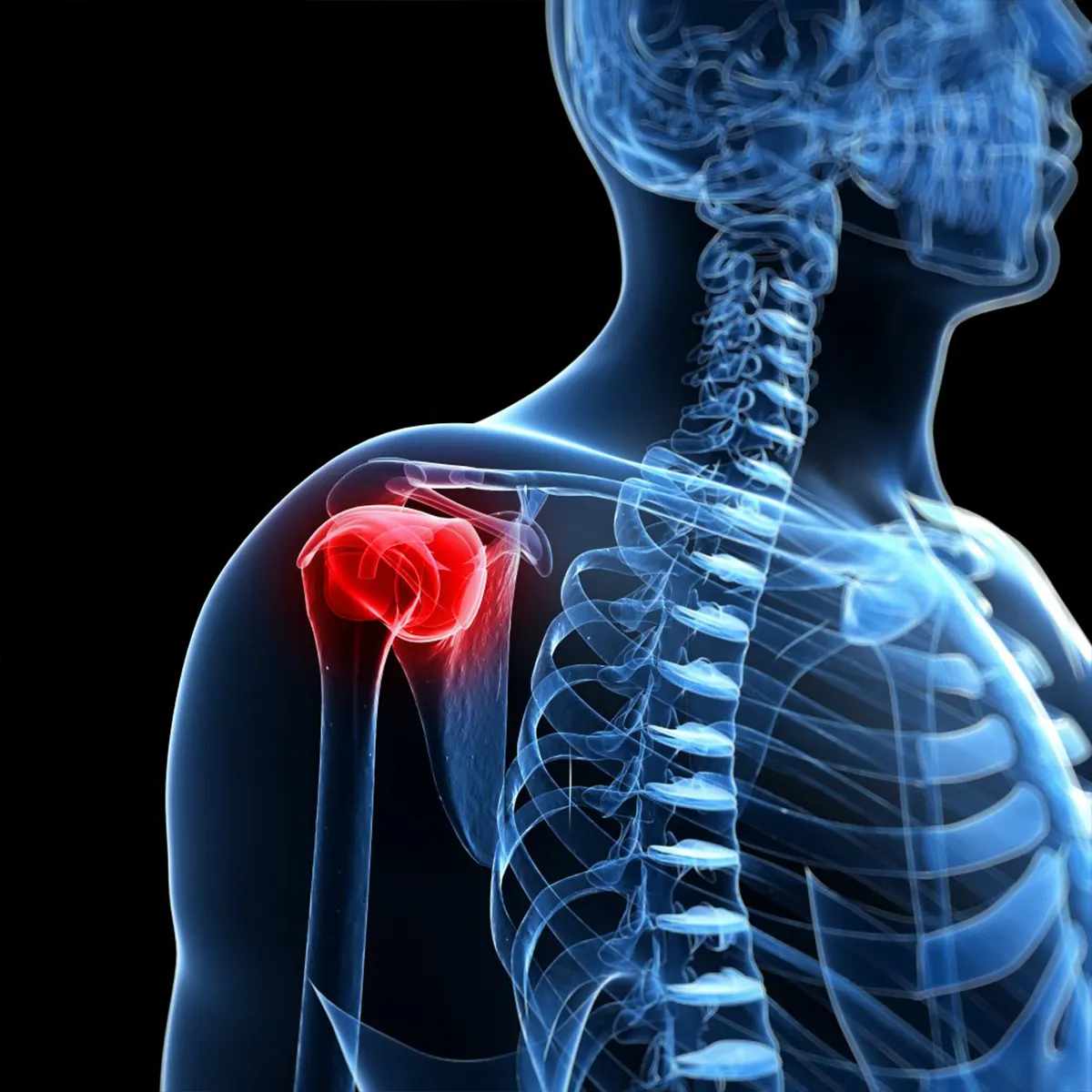Dislocated Shoulder happens when the bones in your shoulder joint are pushed or knocked out of the place. The joint area where the round ball at the top of your upper arm bone (humerus) fits into the socket (glenoid) of your shoulder blade (scapula).
When the ball and socket connection between your bones is separated, it is called shoulder dislocation injury. It can also damage the tissue around your shoulder joint.
types of shoulder dislocation
Orthopedics classify the types of shoulder dislocations depending on how far the bones in your joints moved:
- Complete Shoulder Dislocations, known as luxation happens, when the bones in your joint are completely separated and pushed out of their place.
- Partially Dislocated Shoulder, known as subluxation happens, when something pulls your shoulder joint apart and the bones still touch.
dislocated shoulder symptoms
The most common dislocated shoulder symptoms include:
- Extreme pain.
- Your shoulder is visibly out of its place.
- Weakness.
- Inability to move your injured arm.
- Swelling of the shoulder.
- Bruising or discoloration.
- Muscle spasms at the affected area.
- Numbness, tingling and/or weakness in the injured arm, hand or fingers.
What causes shoulder dislocations
Strong enough force can push your shoulder joint out of place can cause a shoulder dislocation. The most common causes of dislocated shoulder include:
- Accidental Falls.
- Sports injuries.
- Car accidents.
dislocated shoulder treatment
Seek emergency dislocated shoulder treatment immediately, if you think your shoulder might be dislocated. The most important dislocated shoulder treatment is getting your arm back into its shoulder socket, which is called a closed reduction or manipulation. During this nonsurgical procedure, your orthopedic will physically push and pull your body on the outside to align your shoulder. A local anesthetic might be given to numb the shoulder area or sedatives to relax your whole body.
Do NOT try to push your shoulder joint back in place by yourself. Neither let anyone who is not a trained professional move or touch your injured shoulder. Hold your shoulder as still as possible and avoid using it.
If you try to force a dislocated shoulder back in place on your own, you might worsen the shoulder injury and damage the tissue around it.
Once your dislocated shoulder is fixed and shoudler joint is back in place, you might need other treatments:
- Immobilization: After the closed reduction, you will need to wear a splint or sling to hold your shoulder in place. This will take stress off it and help the healing. Your provider might recommend icing your injured shoulder a few times a day. Light exercises can help your shoulder from tightening or freezing. Most people will need to immobilize their dislocated shoulder for a few weeks.
- Medication: You'll be told which medication to take to reduce pain and inflammation.
- Rest: You’ll need to avoid physical activity that uses or puts stress on your injured shoulder.
- Physiotherapy: As your dislocated shoulder heals, you’ll need to start physiotherapy to help it regain its strength and ability to move. Once your shoulder ligaments start to heal, you’ll need stretches to loosen your shoulder and make sure it’s not too tight. Most people need several months of physio after a shoulder dislocation.
Ready to book an appointment?
Other Shoulder Conditions







